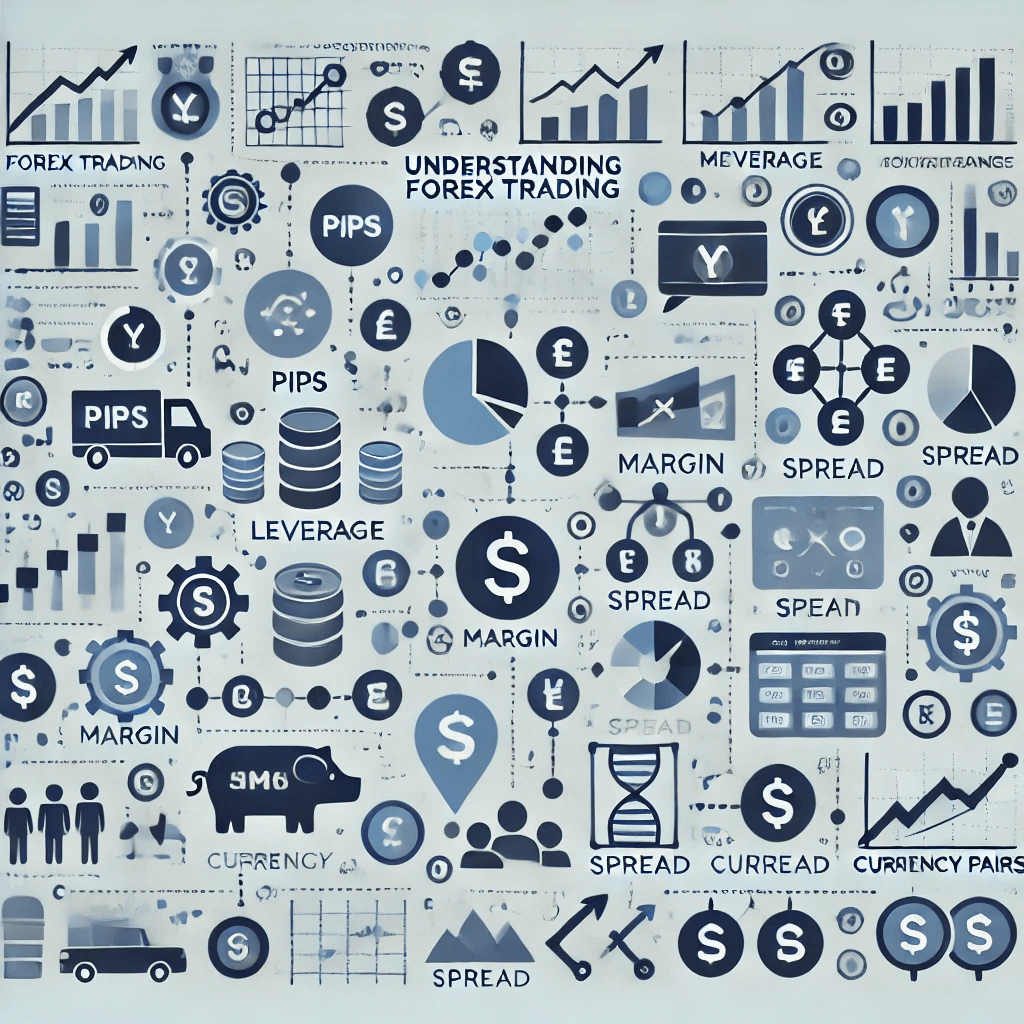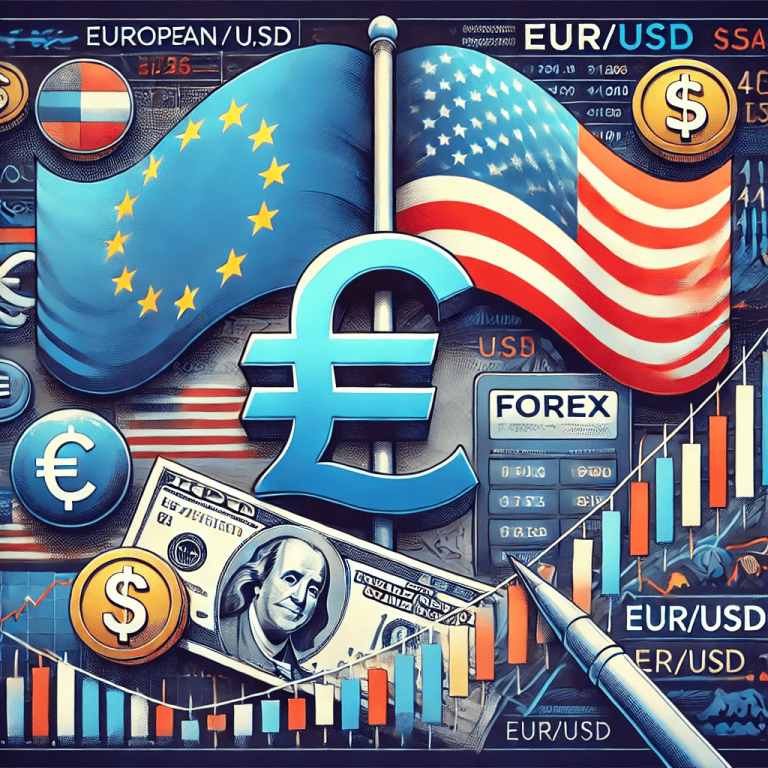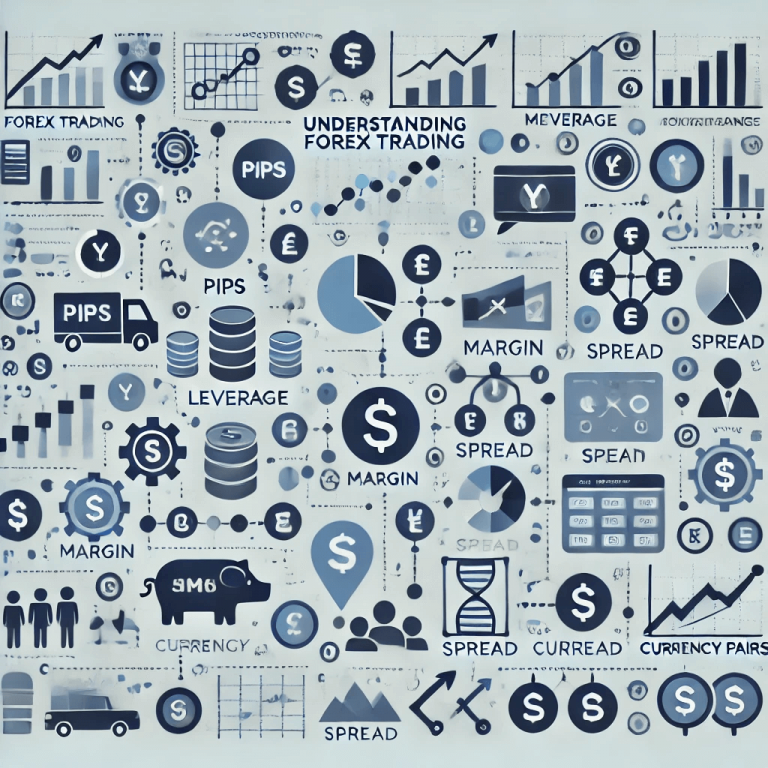Engaging in the forex market might be more familiar than you think. If you’ve ever exchanged currency for a trip abroad, you’ve participated in forex trading on a minor scale. Forex trading involves its own set of terms that can seem daunting to newcomers. Learning these terms is essential for navigating and succeeding in the forex market. Here’s a breakdown of key terminology:
Common Forex Terms
-
Pip (Price Interest Point): The smallest price changes a currency pair can make, usually 0.0001 for most pairs.
-
Lot: Standard trading unit, typically 100,000 units of the base currency; also, mini lots (10,000 units) and micro lots (1,000 units).
-
Leverage: Using borrowed funds to increase potential returns, e.g., 1:100 leverage means $1,000 controls a $100,000 position.
-
Margin: Collateral required to open a leveraged position, usually a percentage of the trade size.
Types of Forex Orders
-
Market Order: Buy or sell at the current market price for immediate execution.
-
Limit Order: Buy or sell at a specific price or better; guarantees price but not execution.
-
Stop-Loss Order: Close a position at a specific price to limit losses.
-
Take-Profit Order: Close a position at a specific price to secure profits.
Currency Pairs
-
Majors: Pairs involving the USD and another major currency, like EUR/USD.
-
Minors: Pairs excluding the USD, such as EUR/GBP.
-
Exotics: Pairs combining a major currency with an emerging market currency, like USD/TRY.
Basic Chart Types
-
Line Charts: Connect closing prices over time for a simple view of price trends.
-
Bar Charts: Show open, high, low, and close prices for each time period.
-
Candlestick Charts: Visualize price action with detailed insights into market movements.
Key Market Players
-
Banks: Facilitate large-scale forex transactions and influence the market through policies.
-
Brokers: Intermediaries connecting retail traders to the forex market.
-
Retail Traders: Individual investors trading currencies for profit.
Important Forex Terms
-
Spread: Difference between bid and ask prices.
-
Slippage: Difference between expected and executed trade prices.
-
Swap: Interest rate differential on overnight positions.
-
Rollover: Extending the settlement date of an open position.
Advanced Concepts
-
Technical Analysis: Using historical data to predict price movements.
-
Fundamental Analysis: Assessing economic factors affecting currency values.
-
Risk Management: Strategies to protect investments, including position sizing and diversification.
Mini-Glossary
-
Base Currency: The first currency in a pair.
-
Quote Currency: The second currency in a pair.
-
Bid Price: Buying price of a currency pair.
-
Ask Price: Selling price of a currency pair.
-
Volatility: Measure of price fluctuations.
-
Liquidity: Ease of buying/selling without affecting the price.
For a detailed understanding, continuous learning is crucial. This guide offers a foundation to start mastering forex trading terms.




